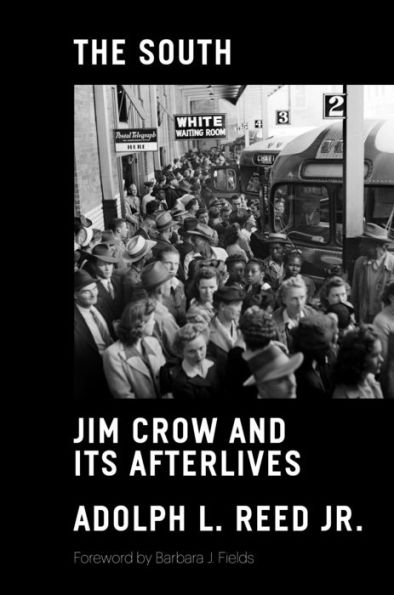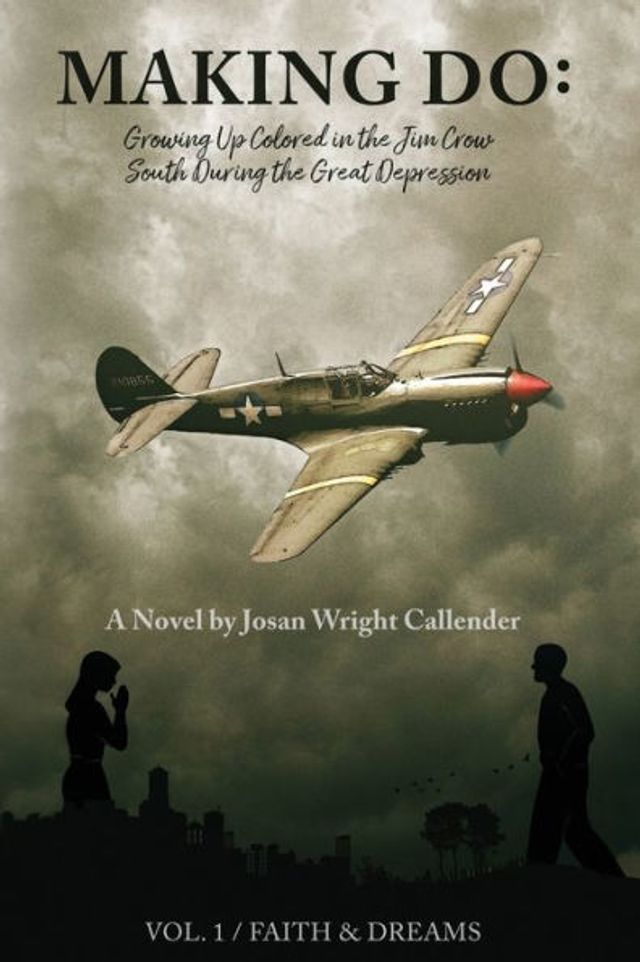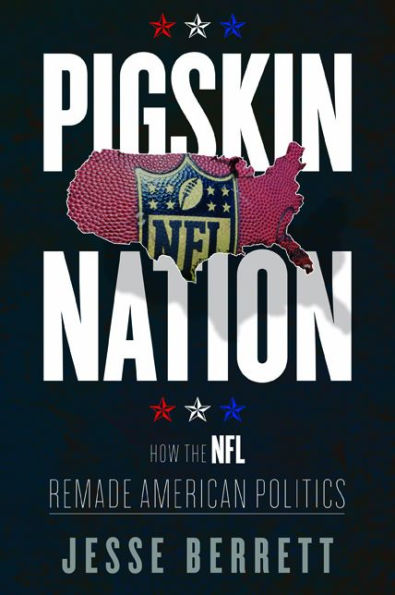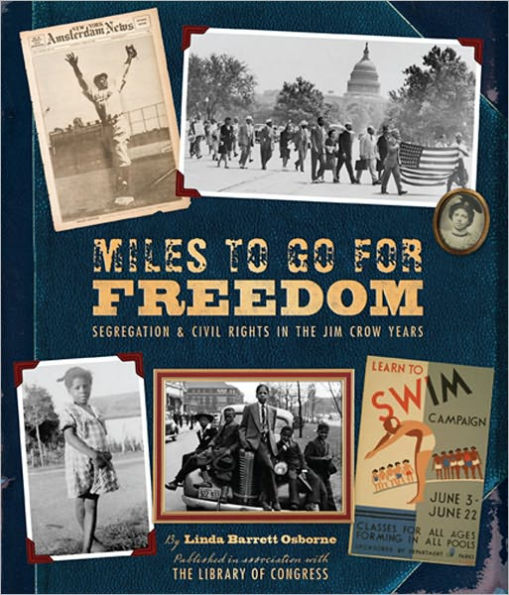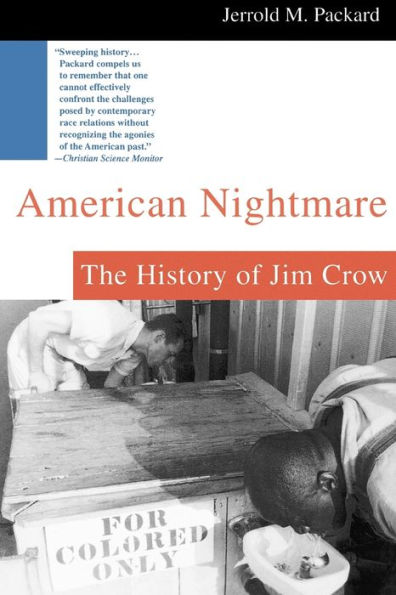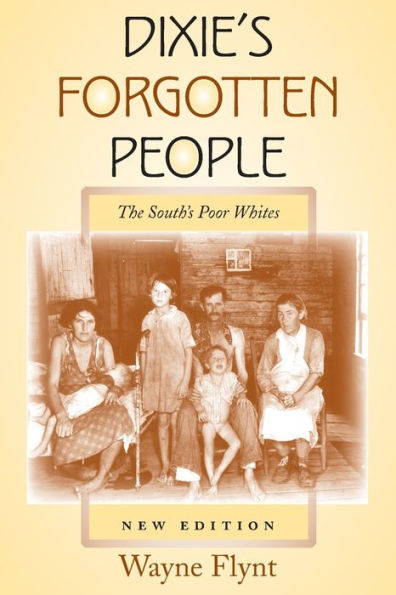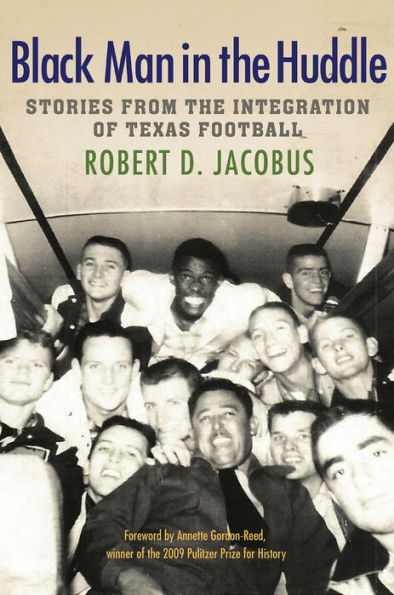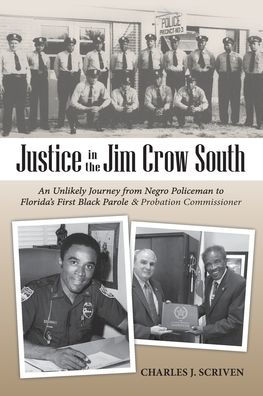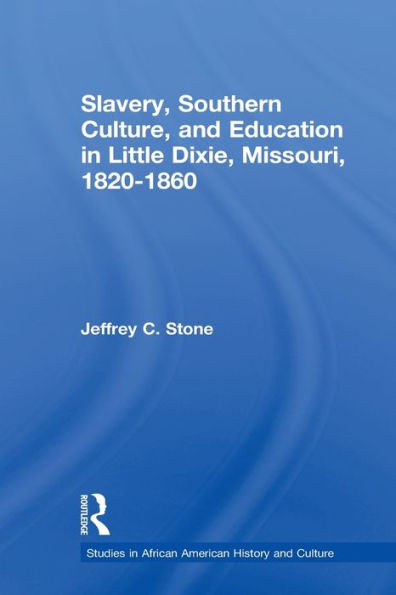Home
To Live and Play Dixie: Pro Football's Entry into the Jim Crow South
Loading Inventory...
Barnes and Noble
To Live and Play Dixie: Pro Football's Entry into the Jim Crow South
Current price: $27.95


Barnes and Noble
To Live and Play Dixie: Pro Football's Entry into the Jim Crow South
Current price: $27.95
Loading Inventory...
Size: Hardcover
*Product Information may vary - to confirm product availability, pricing, and additional information please contact Barnes and Noble
After World War II and up until the mid- to late 1960s, professional football teams scheduled numerous preseason games in the South. Once African American players started dotting the rosters of these teams, they had to face Jim Crow conditions. Early on, black players were barred from playing in some cities. Most encountered segregated accommodations when they stayed in the South. And when African Americans in these southern cities came to see their favorite black players perform, they were relegated to segregated seating conditions.
To add to the challenges these African American players and fans endured, professional football gradually started placing franchises in still-segregated cities as early as 1937, culminating with the new AFL placing franchises in Dallas and Houston in 1960. That same year, the NFL followed suit by placing a franchise in Dallas. Now, instead of just visiting a southern city for a day or so to play an exhibition game, African American players that were on the rosters of these southern teams had to live in these still segregated cities. Many of these players, being from the North or West Coast, had never dealt with de jure or even de facto Jim Crow laws.
Early on, if these African American players didn’t “toe the line” or fought back (via contract disputes, interracial relationships, requesting better living accommodations in the South, protesting segregated seating, etc.), they were traded, cut, and even blackballed from the league. Eventually, though, as the civil rights movement gained steam in the 1950s and 1960s, African American players were able to protest the conditions in the South with success. Much of what happened in professional football during this time period coincided with or mirrored events in America and the civil rights movement.
